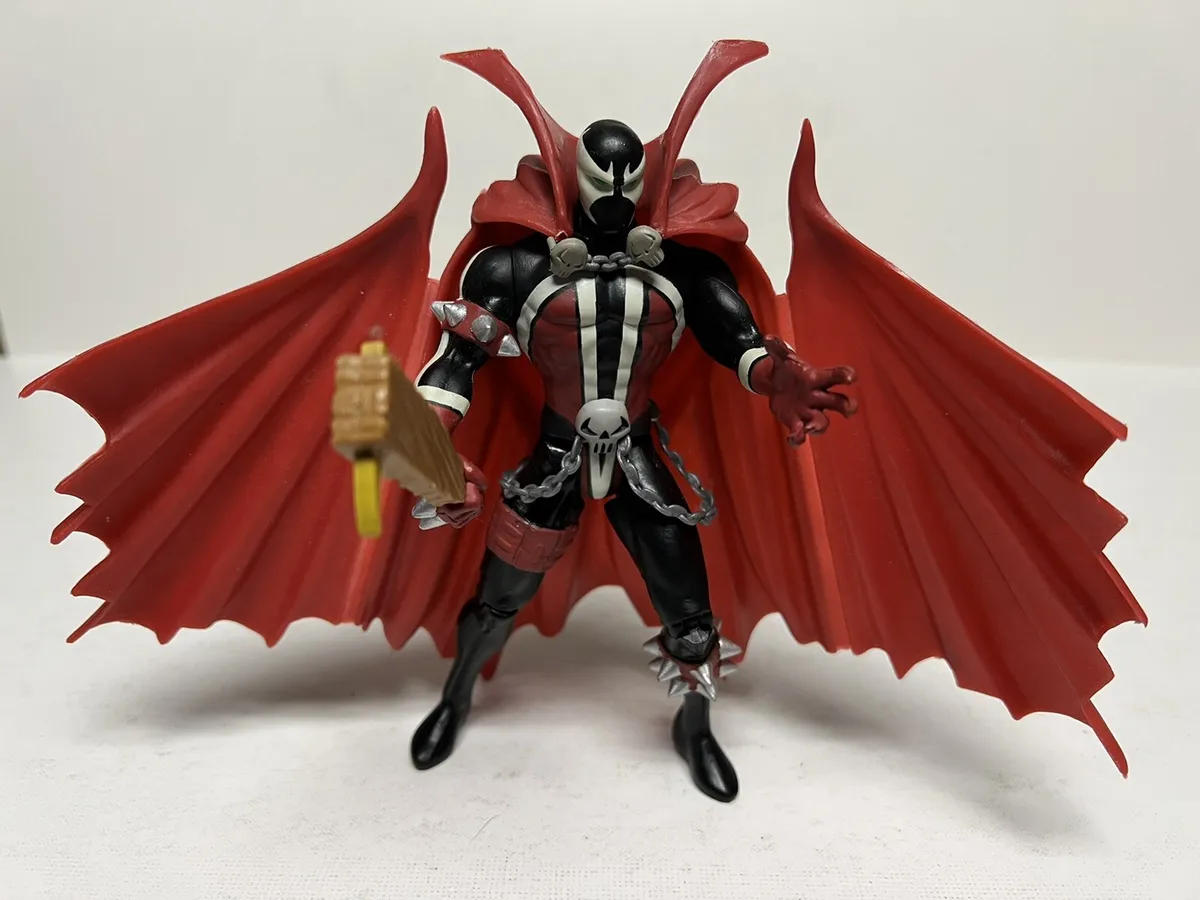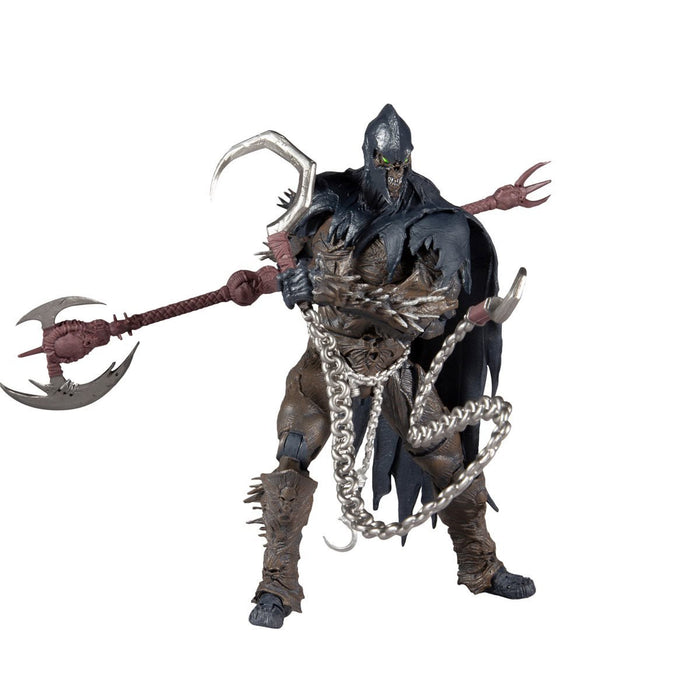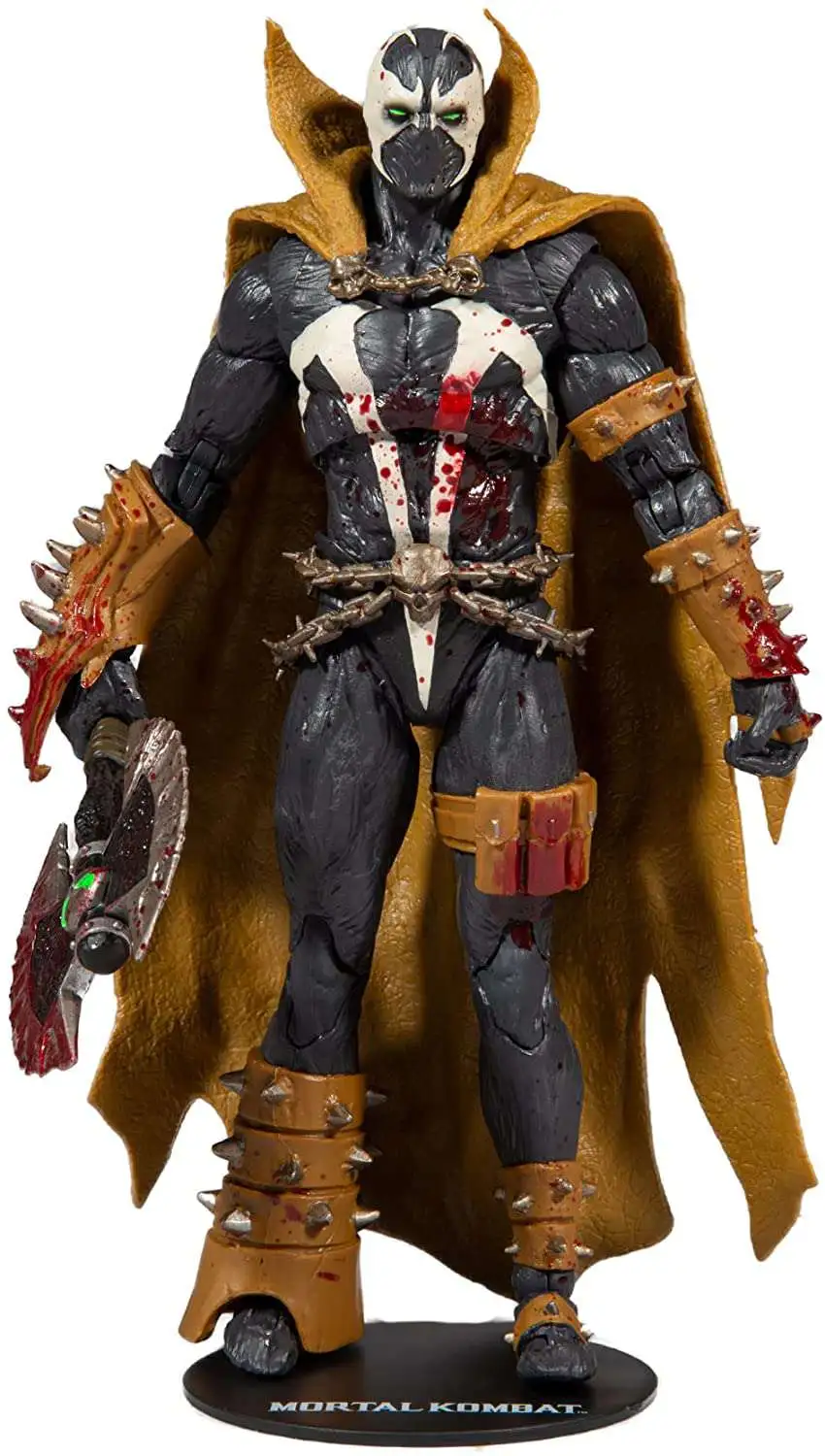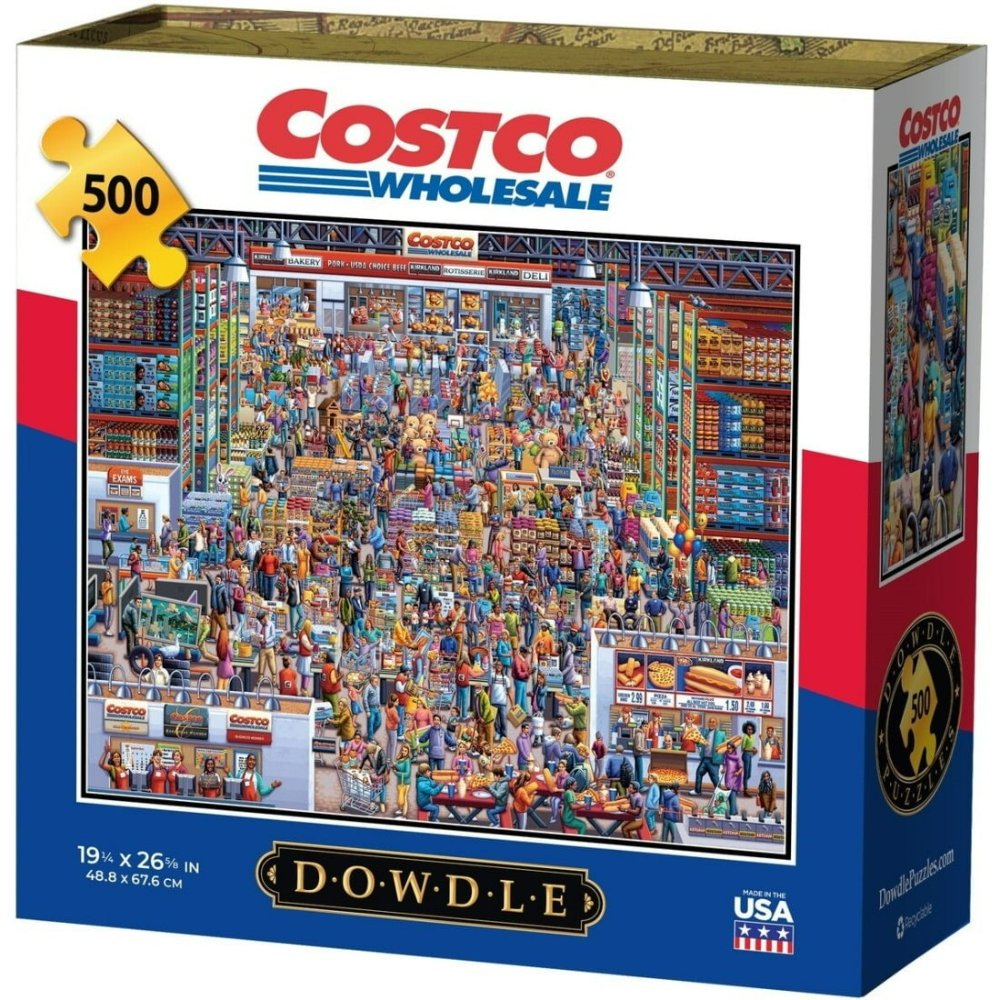Spawn, the brainchild of comic book legend Todd McFarlane, burst onto the comic scene in 1992, quickly becoming a cultural phenomenon. This dark anti-hero, born out of a tragic deal with the devil, not only captivated readers with its grim storyline and stunning artwork but also sparked a revolution in the world of action figures. Spawn action figures, much like their comic counterpart, pushed boundaries and redefined what collectors could expect from a toy line. In this article, we delve deep into the origins, evolution, and lasting impact of Spawn action figures.
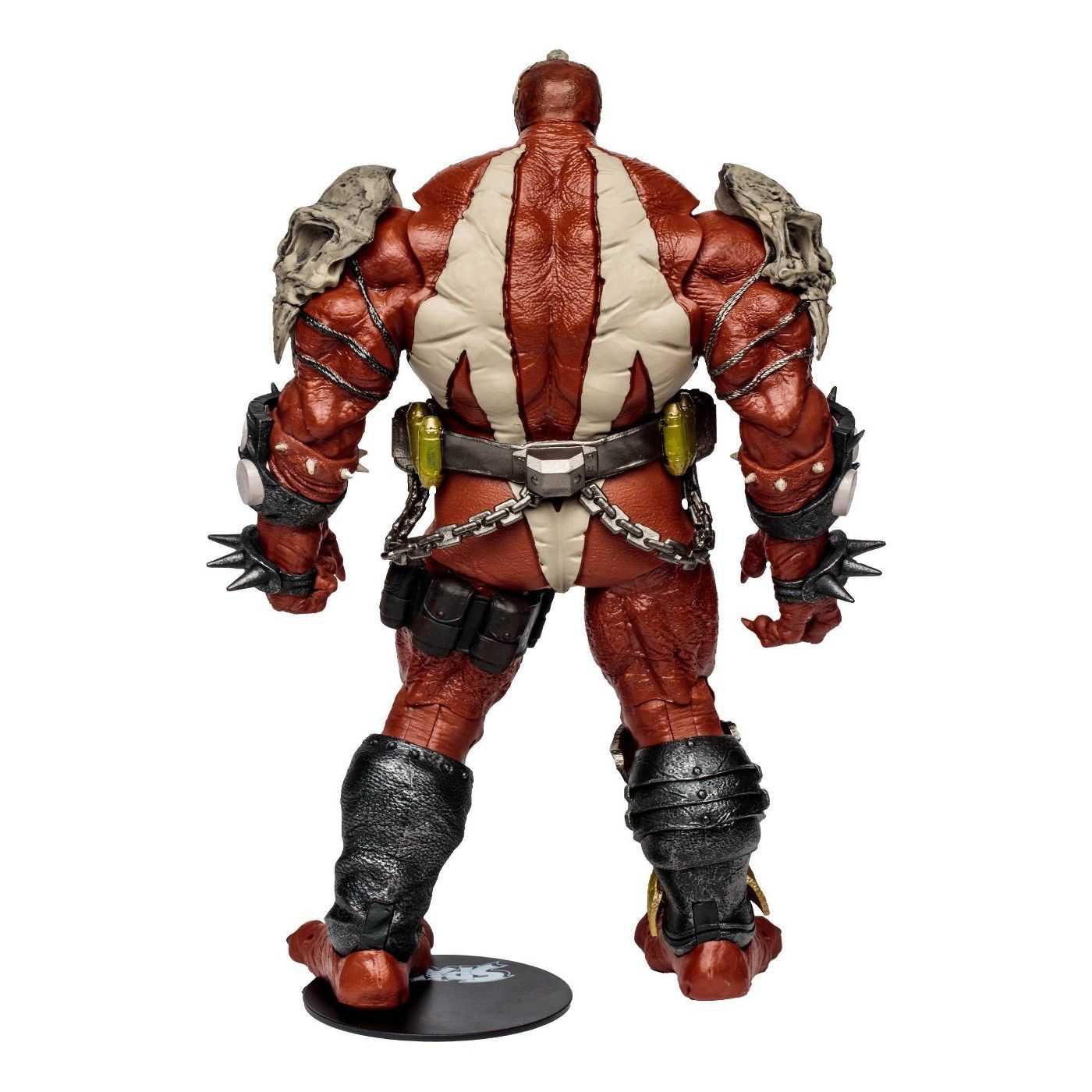
Birth of a New Breed: The Genesis of Spawn Figures
Todd McFarlane, already a household name for his work on Marvel’s Spider-Man, ventured into entrepreneurship with the establishment of Image Comics and the creation of Spawn. Recognizing the potential in translating his dark superhero into three-dimensional form, McFarlane Toys was born in 1994, with Spawn action figures as its flagship product. Unlike most action figures at the time, Spawn toys aimed for hyper-realism, intricate details, and a level of articulation that invited collectors to pose and display them as mini works of art.
Sculpting Darkness: Artistry Meets Collectability
Sculptural Mastery
Right from the start, Spawn action figures stood out due to their meticulous attention to detail. Each figure was meticulously crafted to resemble the hauntingly beautiful illustrations from the comics. Sculptors worked closely with McFarlane to ensure that every curve, muscle definition, and texture reflected the eerie essence of Spawn’s world.
Articulation Revolution
The early ’90s were a transformative period for action figures, and Spawn played a pivotal role. McFarlane Toys introduced an unprecedented number of points of articulation, allowing collectors to position their figures in dynamic stances mirroring the intense action sequences from the comics. This innovation set a new benchmark for poseability in the industry.
Diversifying the Dark Universe: Expanding the Lineup
Variety is the Spice of Hell
As the comic series expanded, so did the action figure lineup. McFarlane Toys didn’t limit itself to just Spawn; it introduced a vast array of characters from the Spawn mythos, including villains like Violator and allies like Angela. Each release was treated as a unique artistic endeavor, ensuring collectors had a diverse collection that encompassed the entire Spawn universe.
Chasing Variants
Another strategy that fueled collector obsession was the introduction of variant figures. Ranging from subtle color changes to entirely new sculpts, these variations added an element of rarity and chase to the hobby, making the hunt for the perfect collection all the more thrilling.
A Leap into Licensing: Collaborations and Crossovers
McFarlane Toys wasn’t content with just exploring its own intellectual property. The company leveraged its expertise in creating highly detailed action figures to secure licenses for other popular franchises. From video games like Halo and Call of Duty to movies and TV shows like The Walking Dead and Game of Thrones, McFarlane Toys demonstrated that its craftsmanship transcended genres.
The Evolution Continues: Technological Advancements
Embracing Technology
As technology advanced, so did the features of Spawn action figures. LED lighting, sound effects, and even interactive elements found their way into select releases, enhancing the immersive experience for collectors. These technological integrations further solidified Spawn figures as cutting-edge collectibles.
Adapting to New Realities
In recent years, there’s been a push towards integrating Spawn action figures with digital experiences. Concepts like augmented reality apps allow collectors to interact with their figures in virtual environments, blurring the line between physical and digital collecting.
The Lasting Impact: Why Spawn Matters
The Spawn action figure, introduced in the early 1990s by Todd McFarlane Productions, holds significant importance not just within the realm of comic book memorabilia but also in the broader context of pop culture and the toy industry. Here’s why it matters:
Revolutionizing Toy Design
Spawn action figures were among the first to bring a new level of detail and articulation to mass-produced action figures. Prior to this, most action figures, particularly those based on comic book characters, were relatively simple in design with limited points of articulation. Todd McFarlane, a renowned comic book artist himself, brought his artistic vision directly into the toys, ensuring that they captured the intricate details and dynamic poses seen in his artwork. This set a new standard for action figure aesthetics and paved the way for more sophisticated collectibles.
Adult Collectors Market
The Spawn line was instrumental in recognizing and catering to an untapped market: adult collectors. Unlike many toys at the time that were primarily targeted at children, Spawn figures were designed with a more mature audience in mind, reflecting the darker, grittier tone of the comic series. This shift helped establish a thriving market for high-quality, detailed action figures aimed at older fans, which continues to flourish today.
Independent Comic Success Story
The success of the Spawn action figure line also underscored the potential of independent comics to break into mainstream markets. Spawn, created by Todd McFarlane after leaving Marvel Comics, demonstrated that independent properties could compete with established superhero giants like Marvel and DC, both in terms of comic sales and licensed merchandise. This inspired other creators to pursue their own independent projects, enriching the comic book landscape.
Innovation in Licensing and Marketing
McFarlane Toys, the company behind the figures, also experimented with innovative marketing strategies, such as variant covers and chase figures, creating a sense of rarity and collectability. These tactics encouraged fans to seek out and purchase multiple versions of the same figure, fueling excitement and sales. This approach has since become a standard practice within the industry.
Cultural Icon
Beyond its impact on the toy industry, Spawn as a character has become a cultural icon. As one of the few black comic book heroes to achieve such prominence, Spawn represents diversity in a genre often criticized for its lack thereof. The character’s anti-hero persona and supernatural themes resonated with audiences, transcending the comic book world to influence movies, video games, and even inspire a generation of artists and storytellers.
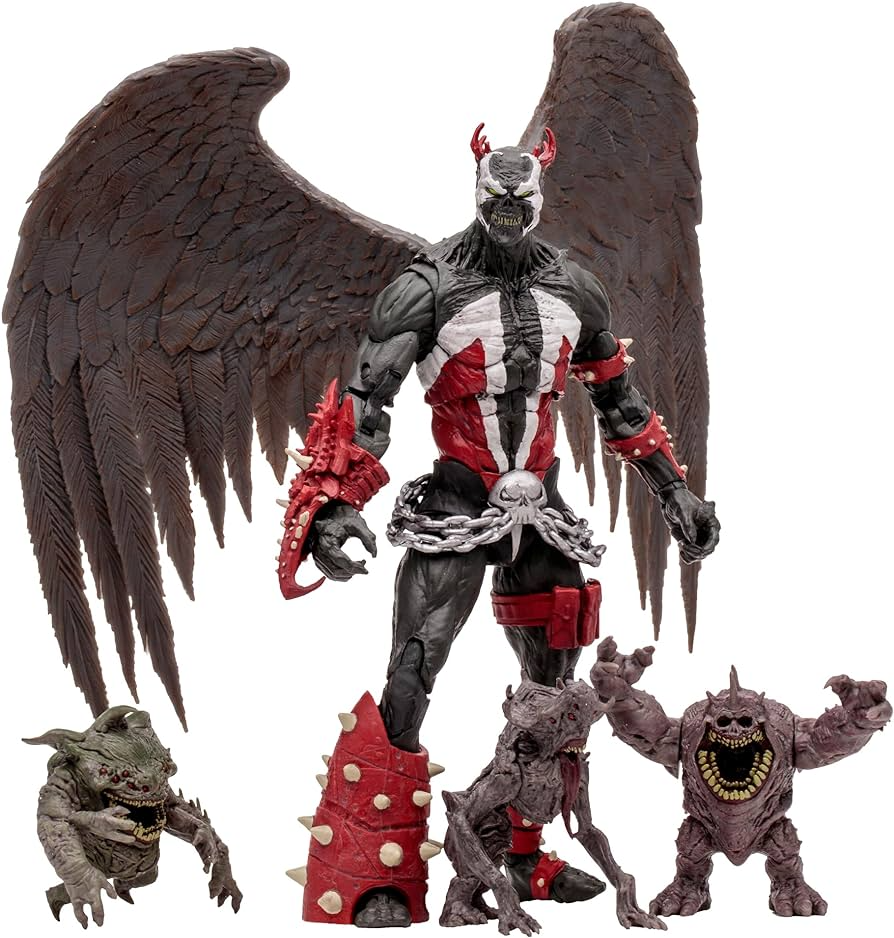
In summary, the Spawn action figure matters because it marked a turning point in the toy industry, elevating the standards of design and collectibility, while also contributing to the growth of adult-oriented collectibles and validating the commercial potential of independent comic creations. Its legacy can be seen in the continued evolution of action figures and the thriving market for pop culture collectibles today.
Conclusion
In conclusion, Spawn action figures represent more than just a toy line; they symbolize a revolution in the world of collectibles. From their inception, they’ve pushed boundaries, setting new standards for design, detail, and articulation. As Spawn continues to evolve alongside technology and cultural shifts, one thing remains constant: the legacy of these figures as a cornerstone of modern pop culture collectibles.
